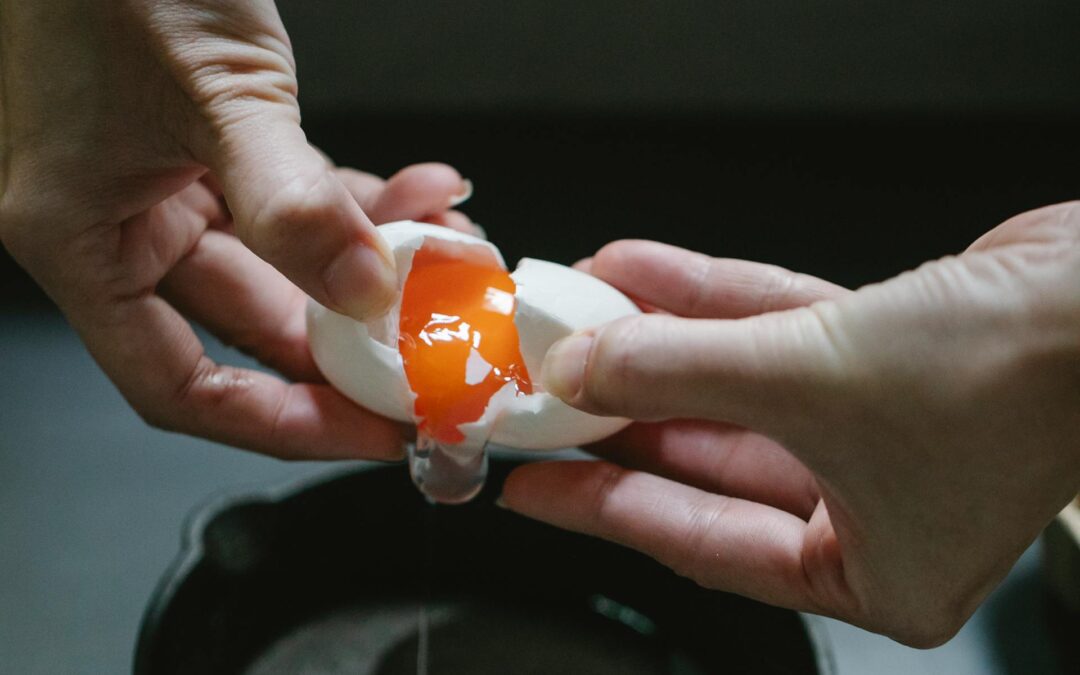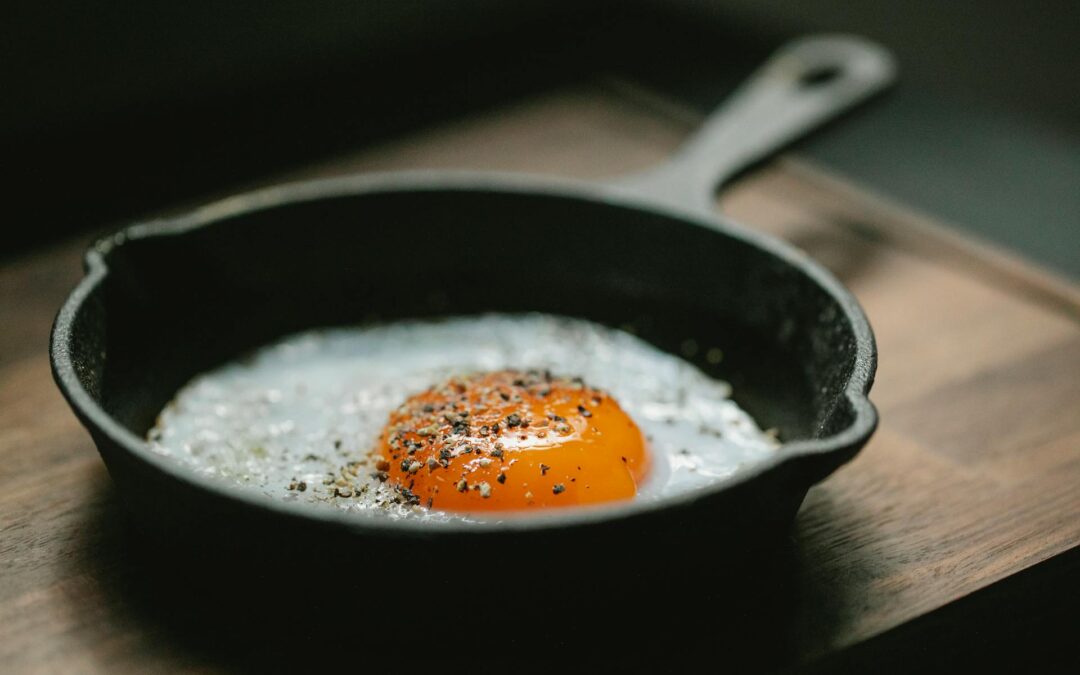Diabetes is a chronic condition that affects millions of individuals worldwide.
Diabetes affects around 400 million individuals globally (1).
Although diabetes is complicated, stable blood sugar levels can significantly minimize the risk of complications (2, 3).
Following a low carb diet is one strategy to improve blood sugar levels.
This article comprehensively discusses very low carb diets for diabetes management.
What is diabetes, and what role does food play?
Diabetes causes the body to be unable to metabolize carbs adequately.
When you ingest carbohydrates, they are typically broken down into little units of glucose, which end up as blood sugar.
When blood sugar levels rise, the pancreas manufactures the insulin hormone. This hormone promotes the entry of blood sugar into cells.
Blood sugar levels in persons who do not have diabetes remain within a restricted range throughout the day. However, this mechanism does not operate the same way for those with diabetes.
This is a significant issue since high and low blood sugar levels can be dangerous.
Diabetes is classified into numerous categories, the most prevalent of which are type 1 and type 2 diabetes. These problems can strike at any age.
An autoimmune process kills the pancreas’s insulin-producing beta cells in type 1 diabetes. Diabetes patients take insulin multiple times daily to guarantee that glucose enters cells and remains healthy in the bloodstream (4).
In type 2 diabetes, the beta cells generate enough insulin, but the body’s cells become resistant to its effect, resulting in excessive blood sugar. To compensate, the pancreas generates more insulin to lower blood sugar levels.
Beta cells gradually lose their ability to generate adequate insulin (5).
Carbohydrates influence blood sugar regulation most among the three macronutrients – protein, carbohydrates, and fat. This is because the body converts them to glucose.
When persons with diabetes consume a lot of carbs, they may need to take a lot of insulin, medicine, or both.
Can very low carb diets help manage diabetes?
Research suggests reduced carbohydrate diets for diabetic therapy (6, 7, 8, 9, 10, 11).
In fact, before the discovery of insulin in 1921, very low carb diets were considered standard therapy for diabetics (12).
Furthermore, when people stick to low carb diets, they function well in the long run.
In one study, participants with type 2 diabetes followed a low carb diet for six months. If they followed the diet, their diabetes was controlled more than three years later (13).
Similarly, persons with type 1 diabetes who followed a carb-restricted diet reported substantially reduced blood sugar levels over four years (14).
What’s the optimal carb intake for people with diabetes?
Even among those who advocate carb restriction, the appropriate carb intake for those with diabetes remains a contentious issue.
Many studies revealed that restricting carbohydrates to 20 grams daily resulted in significant changes in blood sugar levels, body weight, and other indicators (7, 8).
Dr. Richard K. Bernstein, who has type 1 diabetes, eats 30 grams of carbohydrates daily and has observed reasonable blood sugar control in his patients who follow the same routine (15).
Another study, however, indicates that a more moderate carb restriction, such as 70-90 g of total carbohydrates or 20% of calories from carbs, is similarly helpful (13, 16).
Because everyone reacts differently to carbohydrates, the appropriate amount of carbs may differ by individual.
No one-size-fits-all diet works for everyone with diabetes, according to the American Diabetes Association (ADA). Personalized meal plans that consider your dietary choices and metabolic objectives are the best (17).
The ADA also suggests that consumers consult with their healthcare provider to establish the appropriate carbohydrate consumption.
To determine your optimal carbohydrate intake, use a meter to monitor your blood glucose before a meal and 1 to 2 hours afterward.
You can consume 6 g, 10 g, or 25 g of carbs with every meal on a low carb diet as long as your blood sugar stays below 140 mg/dL (8 mmol/L), at which nerve damage can occur.
It all comes down to your tolerance. Remember that the less carbs you eat, the lower your blood sugar will rise.
Moreover, rather than excluding all carbohydrates, a healthy low carb diet should include nutrient-dense, high fiber carb sources such as vegetables, berries, nuts, and seeds.
Which carbs raise blood sugar levels?
Carbohydrates in plant meals include a mix of starch, sugar, and fiber. Only the carbs and sugar components boost blood glucose levels.
Natural fiber, whether soluble or insoluble, does not break down into glucose in the body and does not boost blood sugar levels (18).
The digestible or “net” carb content may be obtained by subtracting the fiber and sugar alcohols from the total carb value. One cup of cauliflower, for example, has 5 grams of carbohydrates, 3 of which are fiber. As a result, the net carb content is 2 grams.
Inulin, a prebiotic fiber, has even enhanced fasting blood sugar and other health indicators in persons with type 2 diabetes (19).
Sugar alcohols like maltitol, xylitol, erythritol, and sorbitol are frequently used to sweeten sugar-free sweets and other “diet” foods.
Some of them, particularly maltitol, have been shown to elevate blood sugar levels in people with diabetes (20).
As a result, utilize the net carb tool with caution, as the count on a product’s label may be inaccurate if the carbs given by maltitol are deducted from the total.
Furthermore, neither the Food and Drug Administration (FDA) nor the American Diabetes Association (ADA) employ the net carb tool.
This carb counter might be a helpful tool. It gives total carbohydrates, net carbs, fiber, protein, and fat information for hundreds of foods.
Foods to eat and foods to avoid
Concentrating on eating low carb, healthy meals that are high in nutrients is advisable.
It’s also critical to listen to your body’s hunger and fullness cues, regardless of what you’re eating.
Foods to eat
You can consume the low carb items listed below till you’re satisfied. Make sure you get adequate protein at each meal as well:
- meat, poultry, and seafood
- nonstarchy vegetables (most vegetables except those listed below)
- avocados
- olives
- olive oil, coconut oil, sour cream, butter, cream, and cream cheese
- eggs
- cheese
Foods to eat in moderation
Depending on your carb tolerance, you can consume the following items in reduced portions at meals:
- Berries: One cup or less
- Plain Greek yogurt: One cup or less
- Cottage cheese: 1/2 cup or less
- Nuts and peanuts: 1–2 ounces, or 30–60 g
- Flaxseeds or chia seeds: Two tablespoons
- Dark chocolate (at least 85% cocoa): 30 g or less
- Winter squash (butternut, spaghetti, acorn, pumpkin, and Hubbard): One cup or less
- Liquor: 1.5 ounces, or 50 g
- Dry red or white wine: 4 ounces, or 120 g
Legumes, such as peas, lentils, and beans, are high in protein and low in carbohydrates. Include these in your daily carbohydrate count.
Reduced carbohydrate intake often lowers insulin levels, causing the kidneys to release salt and water (20).
Consume a cup of broth, a few olives, or other salty, low carb items to compensate for the sodium loss. Don’t be hesitant to season your food with a little additional salt.
If you have congestive heart failure, renal illness, or high blood pressure, see your doctor before increasing your salt intake.
Foods to avoid
These carbohydrates-rich meals can drastically boost blood sugar levels in persons with diabetes:
- bread, corn, pasta, cereal, and other grains
- starchy vegetables, sweet potatoes, like potatoes, yams, and taro
- milk
- fruit other than berries
- soda, juice, punch, sweetened tea, etc.
- beer
- desserts, baked goods, candy, ice cream, etc.
A sample day of very low carb meals for people with diabetes
An example menu with 15 grams or fewer of digestible carbohydrates each meal. You can change the serving amounts based on your specific carb tolerance.
Breakfast: Eggs and spinach
- Three eggs cooked in butter (1.5 grams of carbs)
- One cup sautéed spinach (3 g of carbs)
You might serve your eggs and spinach with:
- One cup of blackberries (6 grams of carbs)
- One cup of coffee with cream and optional sugar-free sweetener
Total digestible carbs: 10.5 grams
Lunch: Cobb salad
- 3 ounces (90 grams) cooked chicken
- 1 ounce (30 grams) of Roquefort cheese (1/2 gram of carbs)
- One slice bacon
- 1/2 medium avocado (2 g of carbs)
- One cup of chopped tomatoes (5 grams of carbs)
- One cup shredded lettuce (1 g of carbs)
- olive oil and vinegar
You can pair your salad with:
- 20 grams (2 small squares) 85% dark chocolate (4 g of carbs)
- One glass of iced tea with optional sugar-free sweetener
Total digestible carbs: 12.5 grams.
Dinner: Salmon with veggies
- 4 ounces grilled salmon
- 1/2 cup sautéed zucchini (3 g of carbs)
- One cup sautéed mushrooms (2 g of carbs)
To complement your meal and for dessert:
- 4 ounces (120 g) red wine (3 g of carbs)
- 1/2 cup sliced strawberries with whipped cream
- One ounce of chopped walnuts (6 g of carbs)
Total digestible carbs: 14 g
Total digestible carbs for the day: 37 grams
Here are seven simple low carb dinners and 300 healthy low carb dishes to get you started.
Talk to your doctor before changing your diet
When carbohydrates are reduced, blood sugar levels frequently drop dramatically.
As a result, your doctor will frequently cut the doses of your insulin and other medications. In rare situations, they may altogether discontinue your medicine.
When carbohydrates were reduced to 20 grams daily, 17 21 research participants with type 2 diabetes could quit or reduce their diabetic medication (7).
Another study found that those with type 1 diabetes ate less than 90 grams of carbohydrates daily. Because insulin doses were significantly lowered, their blood glucose improved, and the chance of low blood sugar decreased (16).
There is a substantial chance of dangerously low blood glucose levels, often known as hypoglycemia, if insulin and other prescriptions are not adjusted for a low carb diet.
As a result, persons who take insulin or other diabetic treatments should consult with their doctor before beginning a low carb diet.
Other ways to lower blood sugar levels
Physical activity and a low carb diet can help control diabetes by increasing insulin sensitivity.
Resistance training combined with aerobic activity is highly effective (21).
A good night’s sleep is also essential. People who sleep badly have a greater chance of acquiring diabetes, according to research (22).
According to one recent observational research, patients with diabetes who slept 6.5 to 7.5 hours each night had better blood glucose control than those who slept for less or more time (23).
Another factor to healthy blood sugar control? It would help if you also manage your tension. Meditation, qigong, and yoga have all been demonstrated to reduce blood sugar and insulin levels (24).
The bottom line
Studies have shown low carb diets to control type 1 and type 2 diabetes effectively.
Low carb diets can improve blood sugar control, minimize medication requirements, and lower the risk of diabetes complications.
Always consult your doctor before making any dietary changes, as your prescription dosages may need modification.







0 Comments